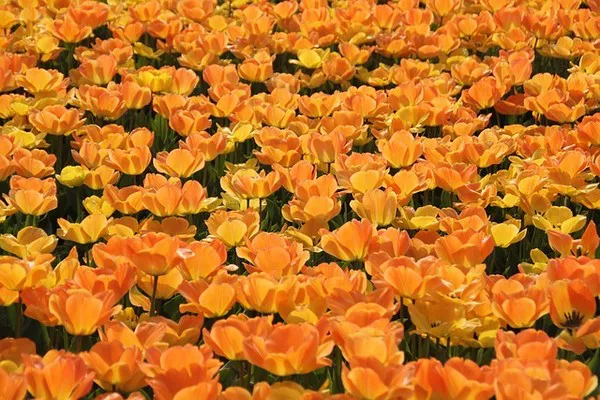In recent years, the horticulture industry has witnessed a notable shift as greenhouse growers increasingly turn to biological control methods for effective pest management. This approach entails employing preventive strategies, harnessing beneficial organisms, and incorporating biopesticides to maintain pest populations at manageable levels.
Recognizing the challenges faced by growers new to biological control, Michigan State University Extension has collaborated with experts Raymond Cloyd from Kansas State University Extension and Sarah Jandricic at the Ontario Ministry of Agriculture, Food, and Rural Affairs. Together, they have updated a comprehensive bulletin to assist growers in understanding the array of commercially-available biocontrol agents in North America, specifically tailored for greenhouse insect and mite pests.
The 16-page bulletin, titled “Commercially Available Biological Control Agents for Greenhouse Insect and Mite Pests” (E3299), serves as an invaluable resource. It meticulously details beneficial insects crucial for controlling common pests such as western flower thrips, whiteflies, aphids, two-spotted spider mites, mealybugs, and fungus gnats. Each biocontrol agent is accompanied by a photograph, scientific name, type of predator or parasitoid, and key facts essential for growers incorporating them into their biocontrol programs.
In addition to this vital information, the bulletin offers insights into the optimal temperatures for the activity of each biological control agent. This temperature data serves as a practical guideline, enabling growers to make informed decisions based on different growing conditions. For example, the bulletin highlights that Neoseiulus cucumeris is considered a superior choice in cooler growing conditions (down to 47 degrees Fahrenheit) compared to Amblyseius swirskii, which thrives at temperatures greater than 64 F.
Furthermore, the bulletin provides commentary aimed at aiding growers in their decision-making process. For instance, it notes that establishing a population of Orius insidiosus in greenhouses from October to March at northern latitudes may be less likely. This is because females typically enter diapause under short day lengths during this period. However, the bulletin emphasizes that despite this, growers can still release Orius insidiosus during autumn and winter months, with the next generation appearing once the photoperiod is sufficiently long.
By offering a comprehensive overview of commercially-available biological control agents, this bulletin stands as a practical tool for greenhouse growers navigating the complexities of pest management. As the horticulture industry continues to prioritize sustainable practices, this resource plays a pivotal role in empowering growers with the knowledge needed to implement effective and environmentally friendly solutions in their greenhouse operations.


